Vatican City is synonymous with awe-inspiring architecture that reflects centuries of artistic brilliance and religious devotion. While landmarks like St. Peter’s Basilica and the Sistine Chapel steal the spotlight, there’s an entire world of Vatican City architecture waiting to be discovered. Beneath its grandeur lies a collection of hidden treasures that narrate untold stories of history and innovation.
This blog delves into the less-explored corners of Vatican City, spotlighting architectural gems that go unnoticed by most visitors. From secret staircases to intricate mosaics, these hidden wonders reveal the depth and complexity of one of the world’s most architecturally rich cities.
Why Vatican City Architecture is a Global Icon
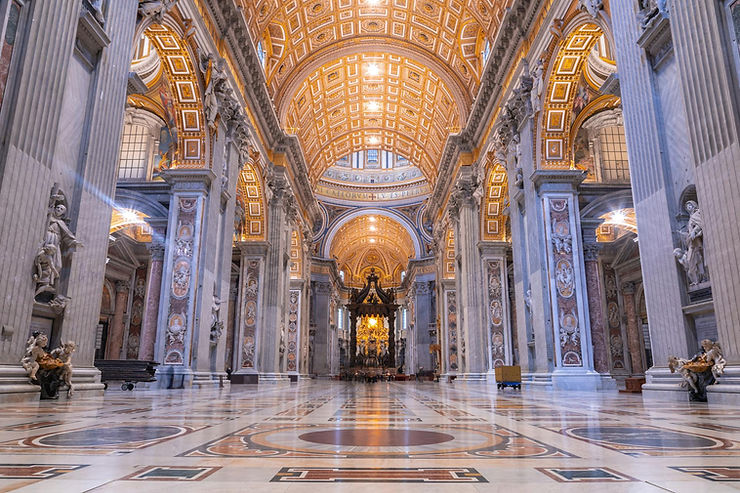
While the Vatican City is a hub for catholic significance; it’s also a beacon of architectural ingenuity. Every structure, whether monumental or modest, showcases a blend of Renaissance, Baroque, and classical styles. The city’s architecture serves as a canvas where history and art converge, creating a timeless narrative that continues to inspire modern architects.
What sets Vatican City architecture apart is its meticulous attention to detail. From the grand dome of St. Peter’s Basilica to the understated elegance of its courtyards, each element reflects a harmony between form and function. This interplay has made the Vatican a global icon in architectural excellence.
The Famous Icons of Vatican City Architecture
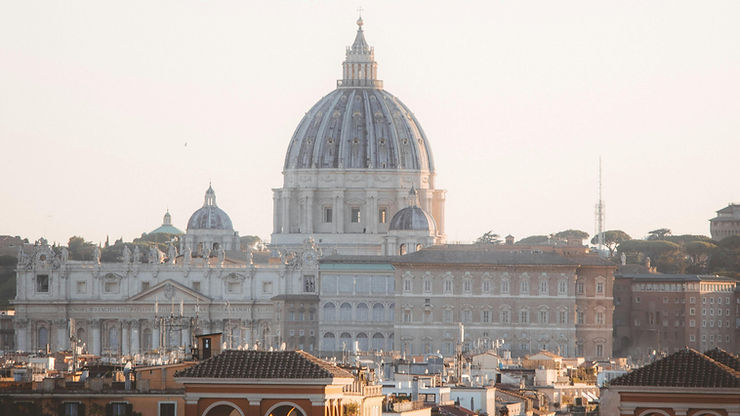
Among the celebrated masterpieces, St. Peter’s Basilica stands as the crown jewel of Vatican City architecture. Designed by luminaries like Michelangelo and Bernini, the basilica embodies the height of Renaissance artistry. Its massive dome, intricate façade, and breathtaking interiors make it a symbol of spiritual and architectural grandeur.
Similarly, the Sistine Chapel wows millions with Michelangelo’s ceiling frescoes, yet its architectural design is equally captivating. The chapel’s rectangular form and vaulted ceiling were crafted to create an intimate yet awe-inspiring space for worship. These famous icons define the splendor of Vatican City but represent only part of its architectural legacy.
The Secret Side of Vatican City Architecture
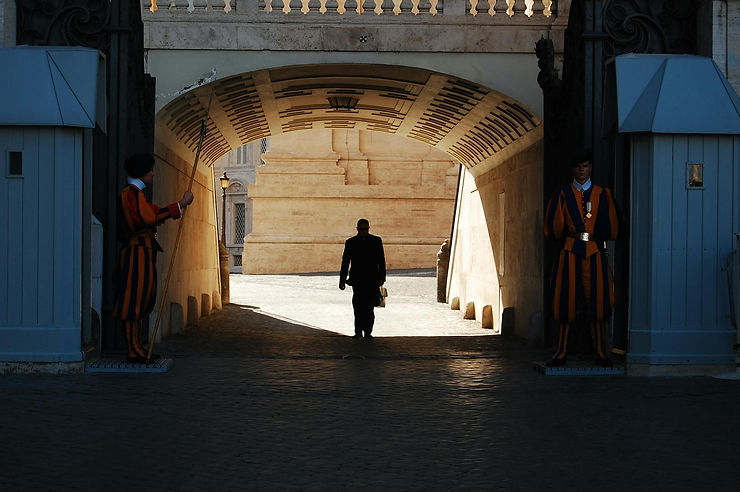
While many visitors flock to the well-known landmarks, Vatican City hides a treasure trove of architectural wonders often overshadowed by its more famous counterparts. These lesser-known gems offer a glimpse into the ingenuity and creativity that define the city’s architectural heritage.
From secret passageways to overlooked courtyards, these hidden features demonstrate how Vatican City serves as a repository of surprises. Exploring these tucked-away spaces adds depth to the understanding of Vatican City architecture and its unparalleled ability to merge functionality with beauty.
Hidden Wonder 1: The Bramante Staircase
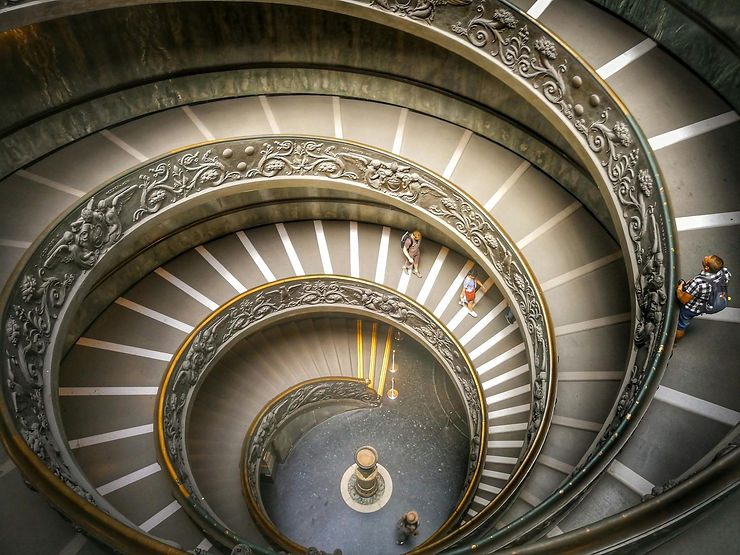
The Bramante Staircase is a masterpiece of architectural innovation, often hidden in plain sight. This double-spiral staircase, designed in the early 16th century, allows two sets of people to ascend and descend without crossing paths. Its elegant helical form, supported by intricate columns, symbolizes the fusion of practicality and artistic brilliance in Vatican City architecture.
Today, a modern version of the staircase is open to visitors, offering a glimpse into its fascinating design. The original structure, tucked away from public view, remains a testament to the ingenuity of Renaissance architects who pushed boundaries to create something extraordinary.
Hidden Wonder 2: The Passetto di Borgo
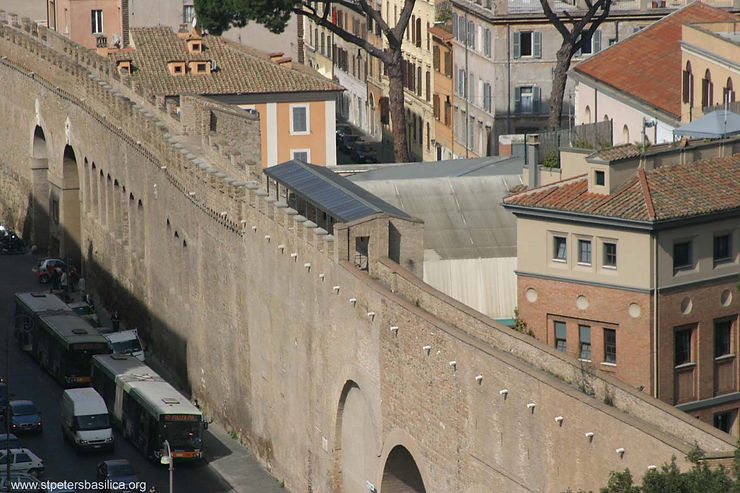
The Passetto di Borgo is a hidden gem with a history as intriguing as its design. This fortified passageway connects Vatican City to Castel Sant’Angelo, offering a secret route for popes during times of crisis. Its unassuming exterior conceals its vital role in the Vatican’s security and history.
Architecturally, the passage exemplifies medieval ingenuity, blending fortification and functionality. Walking through this lesser-known structure provides an intimate understanding of how Vatican City architecture has always balanced protection with aesthetic form.
Hidden Wonder 3: Cortile del Belvedere
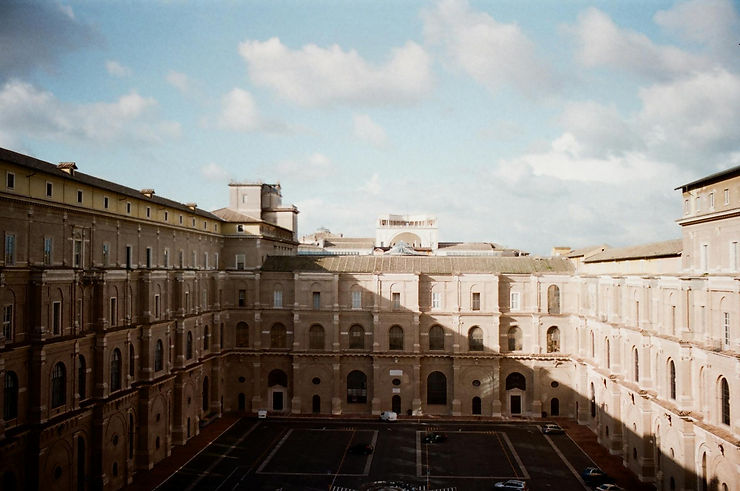
The Cortile del Belvedere, an exquisite courtyard designed by Donato Bramante, is a hidden jewel that exemplifies the grandeur of Vatican City architecture. This Renaissance masterpiece was conceived as a grand space connecting the Vatican Palace to the Villa Belvedere, creating a harmonious blend of art and nature.
Today, much of its original layout has been altered, but the essence of its symmetrical design and the sweeping vistas it offered remain intact. Exploring this courtyard provides a rare opportunity to appreciate the Vatican’s architectural evolution and its influence on urban design.
Hidden Wonder 4: The Fountains of Vatican City
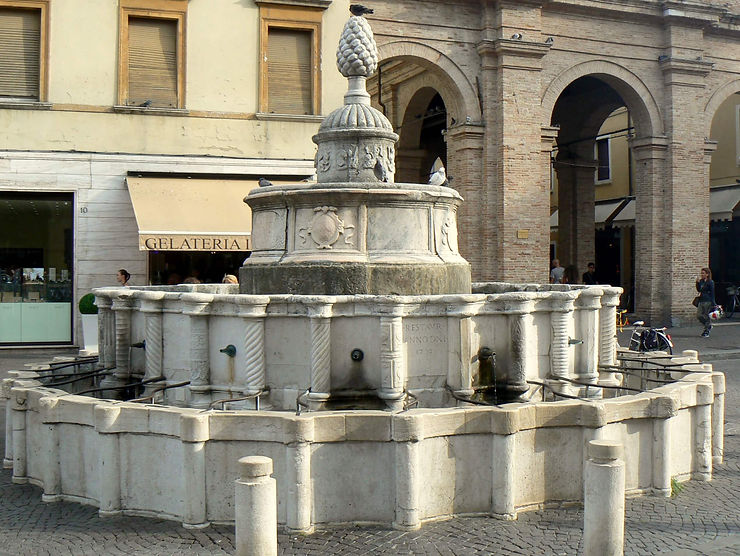
Beyond its majestic buildings, Vatican City is home to several overlooked fountains that are marvels of artistry and engineering. Among them is the Fontana della Pigna, adorned with a massive bronze pinecone sculpture that symbolizes eternal life. Originally part of an ancient Roman fountain, it now stands proudly in the Courtyard of the Pinecone.
These fountains not only enhance the aesthetic appeal of Vatican spaces but also reveal the city’s innovative use of water features to create serene environments. Often missed by tourists, they form a vital part of Vatican City architecture, blending utility and elegance seamlessly.
Hidden Wonder 5: The Mosaic Floors of St. Peter’s Basilica
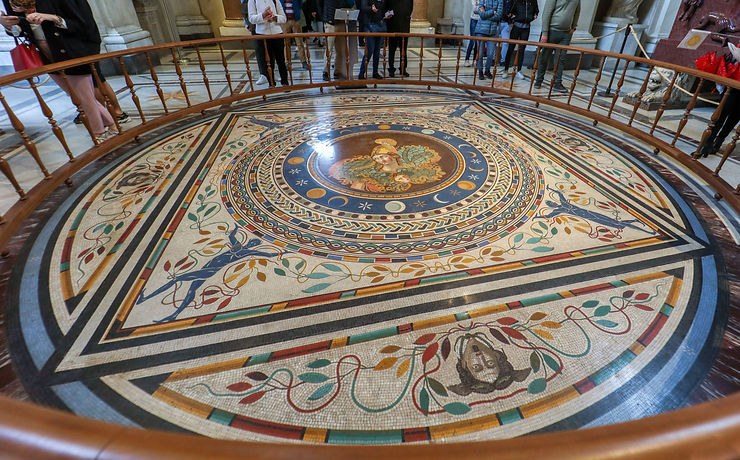
While most visitors to St. Peter’s Basilica gaze upward at its dome or frescoes, the mosaic floors beneath their feet are equally breathtaking. These intricate designs, made of vibrant tesserae, depict biblical scenes, geometric patterns, and symbols of faith. Each piece tells a story, contributing to the basilica’s rich tapestry of artistry.
The mosaics exemplify the Vatican’s dedication to preserving every detail of its architectural splendor. Over centuries, artisans have carefully restored these floors, ensuring that this often-overlooked aspect of Vatican City architecture continues to shine.
Vatican City’s Influence on Modern Architecture
The architectural principles of Vatican City extend far beyond its borders, inspiring countless modern structures worldwide. Architects and designers often draw on its harmonious proportions, grandiose spaces, and symbolic details to create works that evoke a sense of timelessness and reverence.
From domes modeled after St. Peter’s Basilica to innovative public spaces inspired by Vatican courtyards, the city’s influence is unmistakable. This enduring legacy demonstrates how Vatican City architecture has shaped not only religious spaces but also the broader world of design.
Tips for Exploring Vatican City’s Architecture
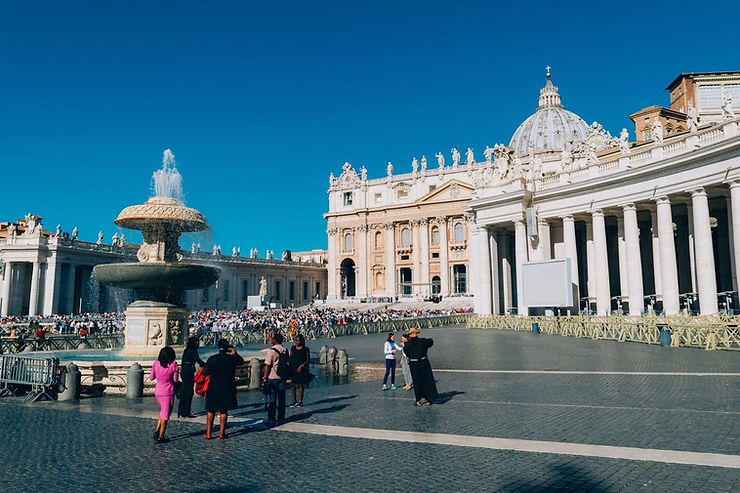
To truly appreciate the depth of Vatican City architecture, start your visit early to avoid the crowds. Guided tours that include lesser-known spots, like the Passetto di Borgo or the Bramante Staircase, offer unique insights that general tours often miss.
Another tip is to explore the city at a slower pace, focusing on its finer details. Look for the mosaic floors, intricate carvings, and symbolic fountains that many overlook. By stepping off the beaten path, you’ll discover a richer, more personal connection to Vatican City’s architectural treasures.
Conclusion
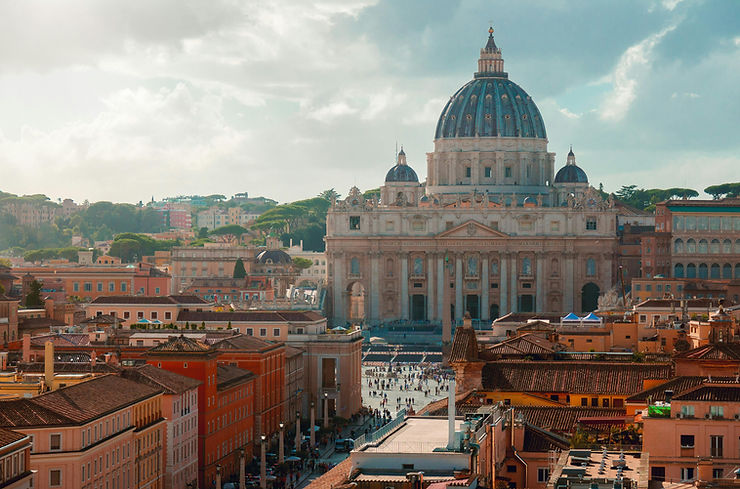
Vatican City is far more than its iconic landmarks. Its hidden architectural wonders tell stories of innovation, artistry, and devotion that are often missed by the casual visitor. These treasures deepen our understanding of the city’s rich architectural heritage and remind us of the boundless creativity behind its design.
Whether you’re an architecture enthusiast or a curious traveler, exploring the lesser-known facets of Vatican City architecture is an experience that will leave you inspired. It’s an invitation to look beyond the surface and uncover the layers of beauty that make Vatican City truly extraordinary.
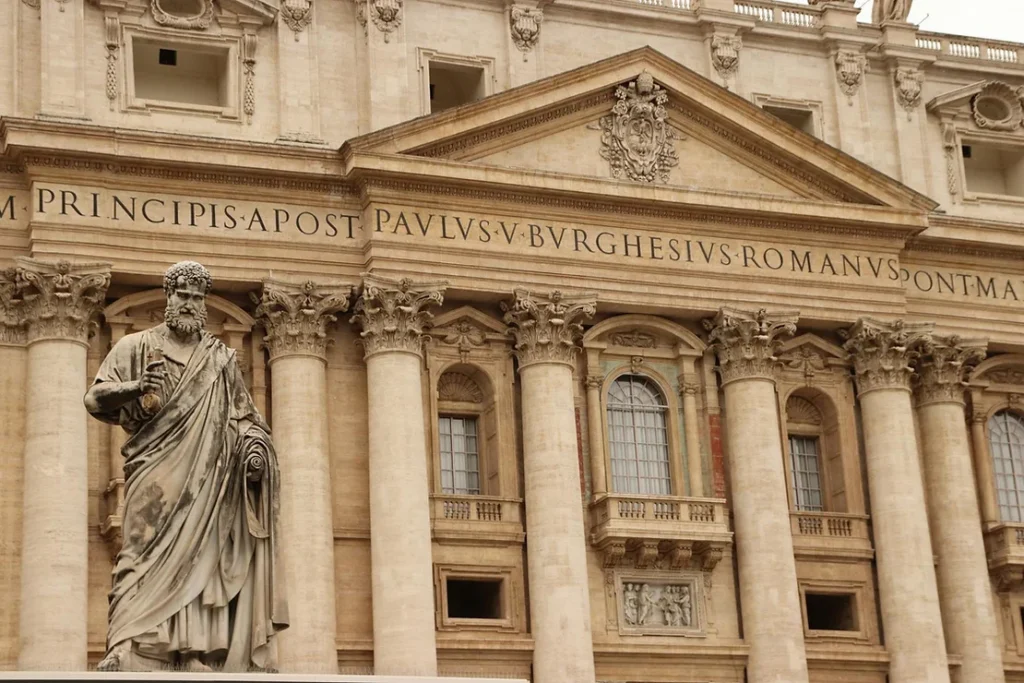
Recent Posts
15 Floor Plan Graphic Styles That Will Elevate Your Presentation Game
The Role of Shadows in Architectural Storytelling
When Furniture Becomes Architecture: Blurring the Line